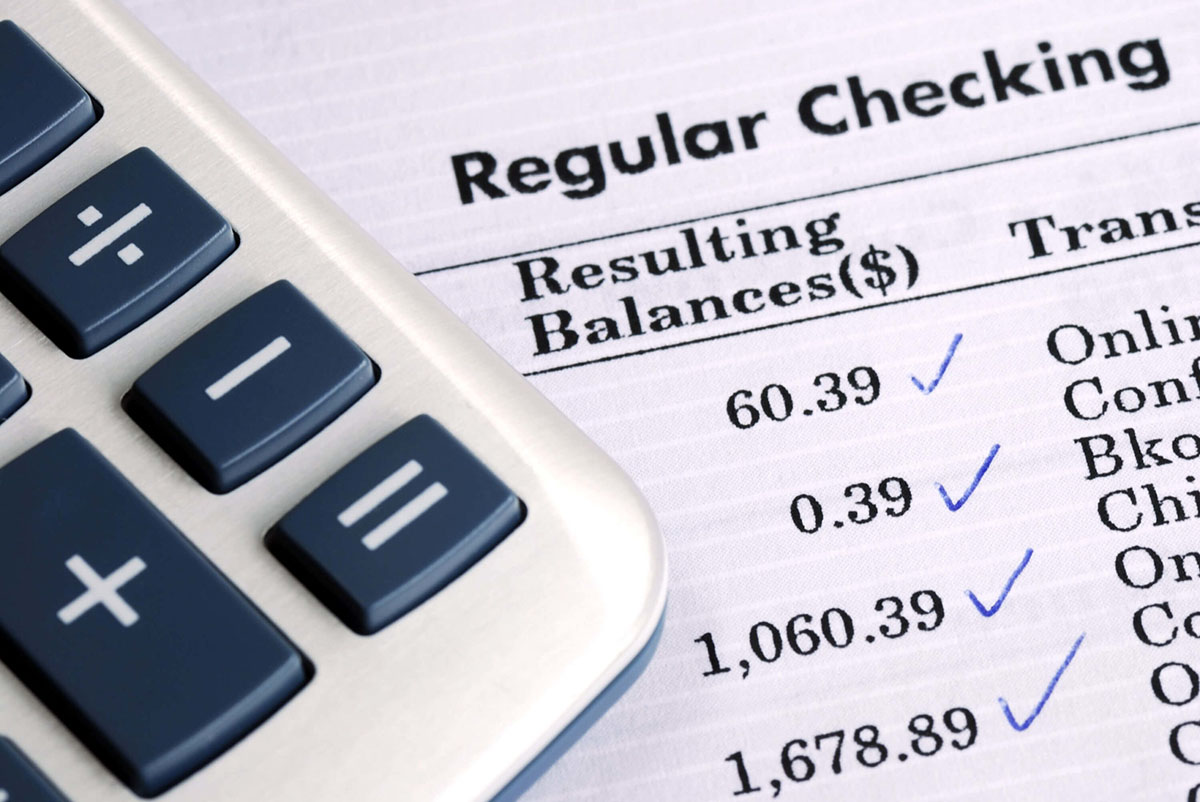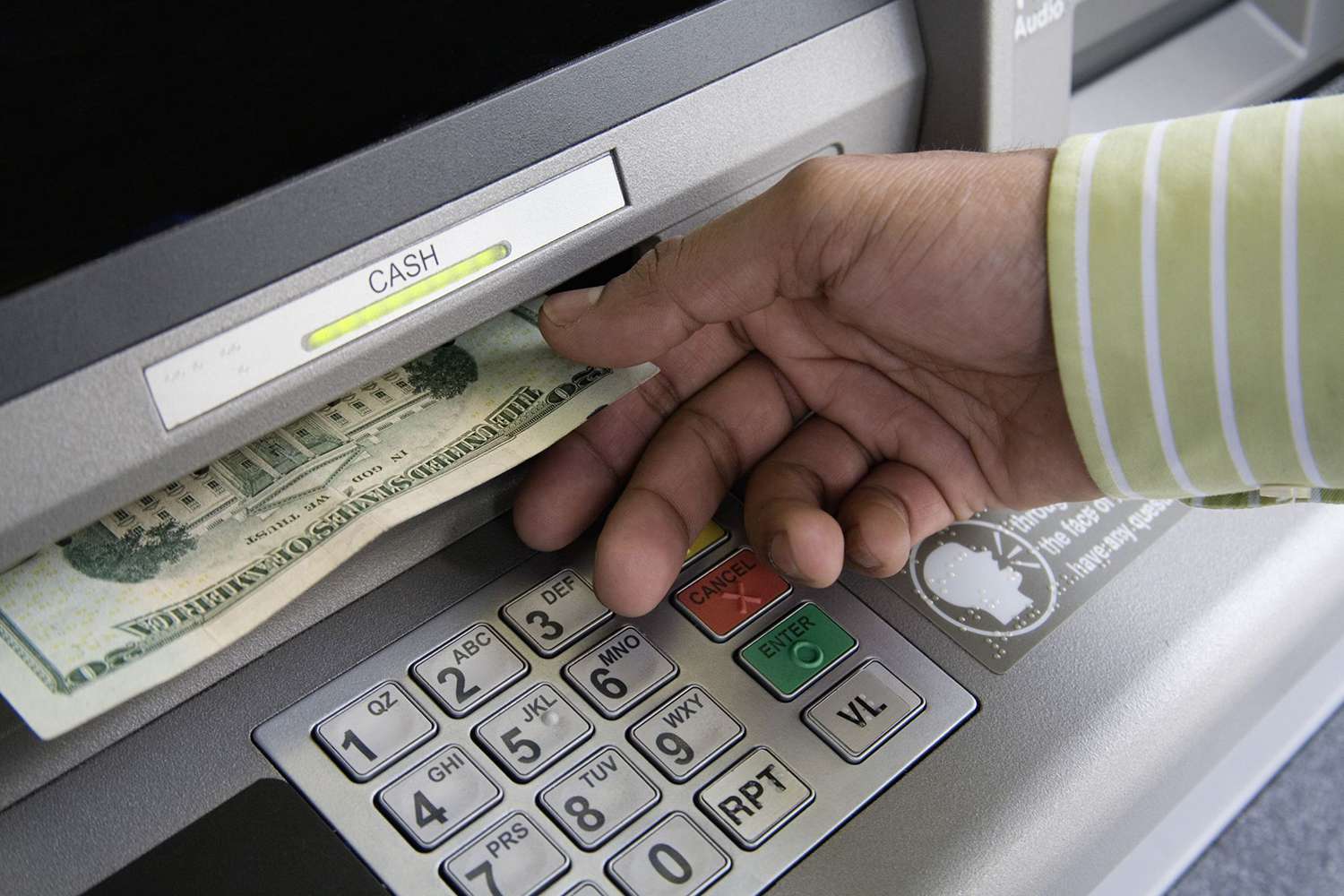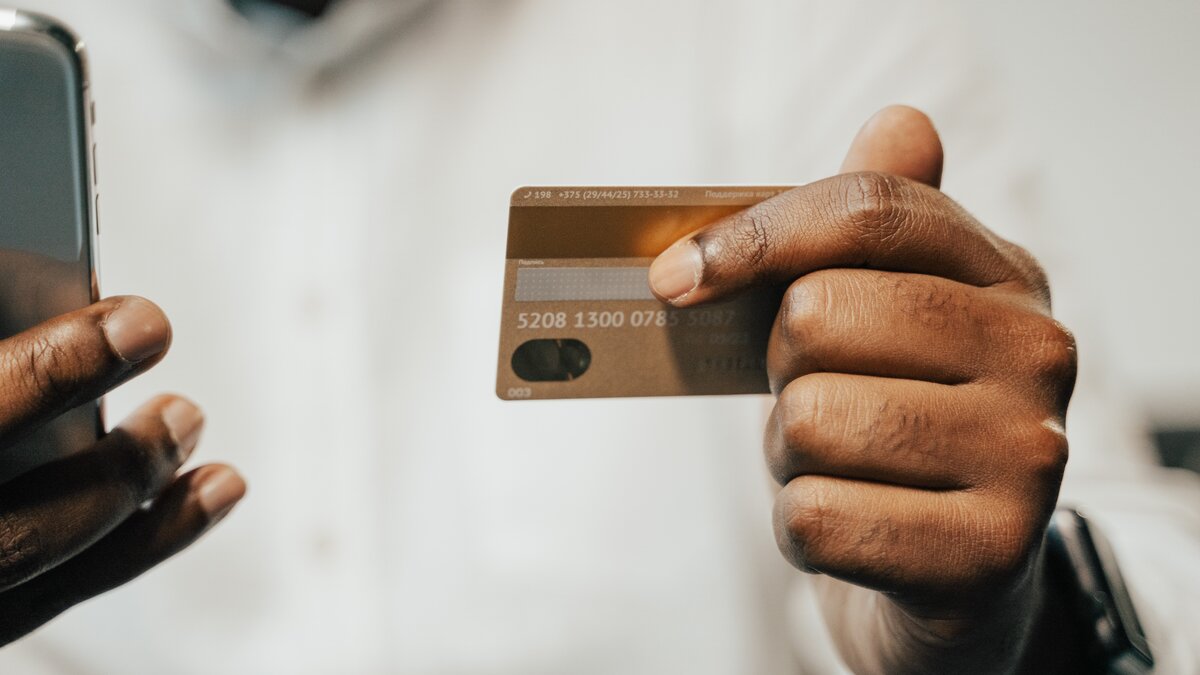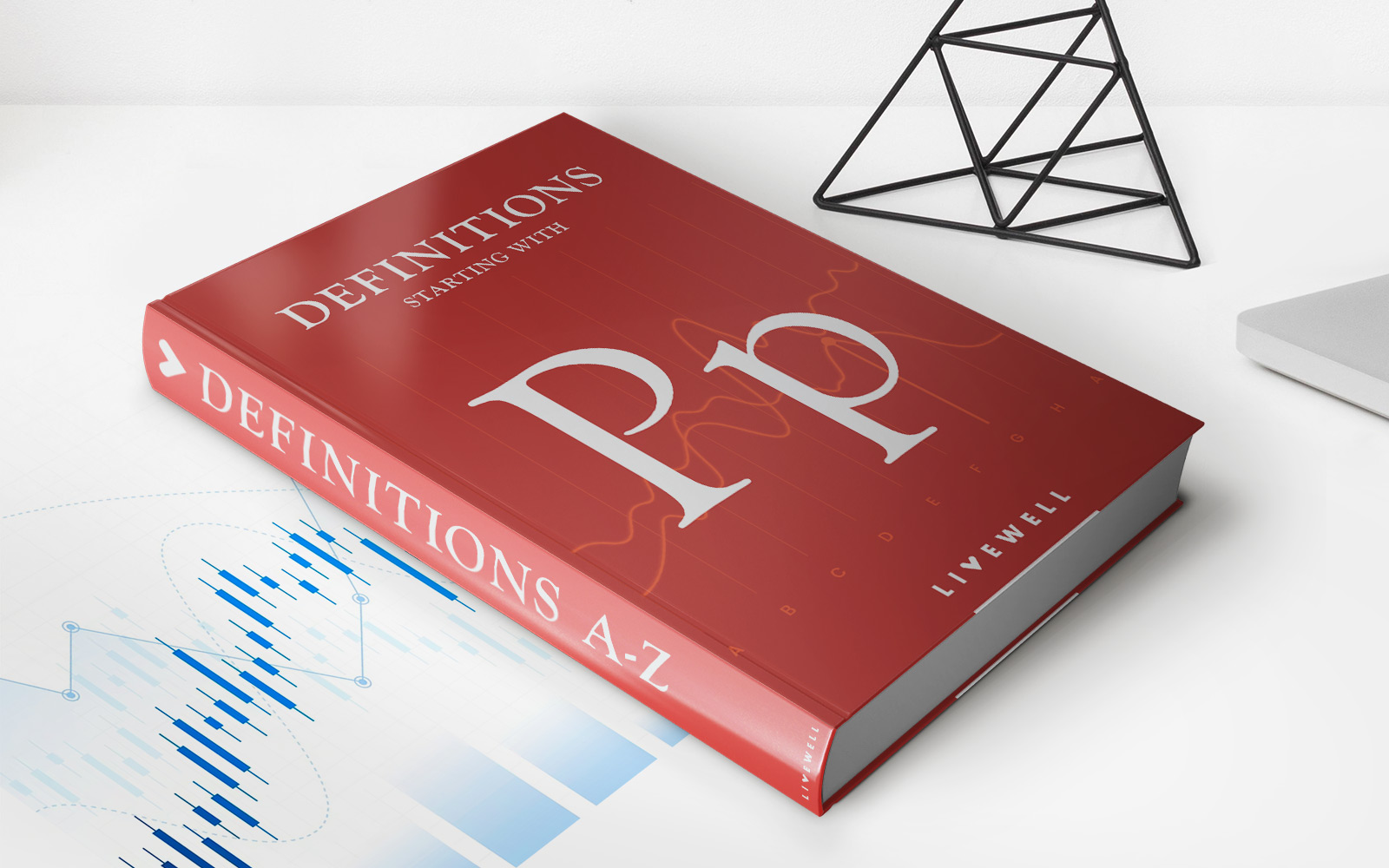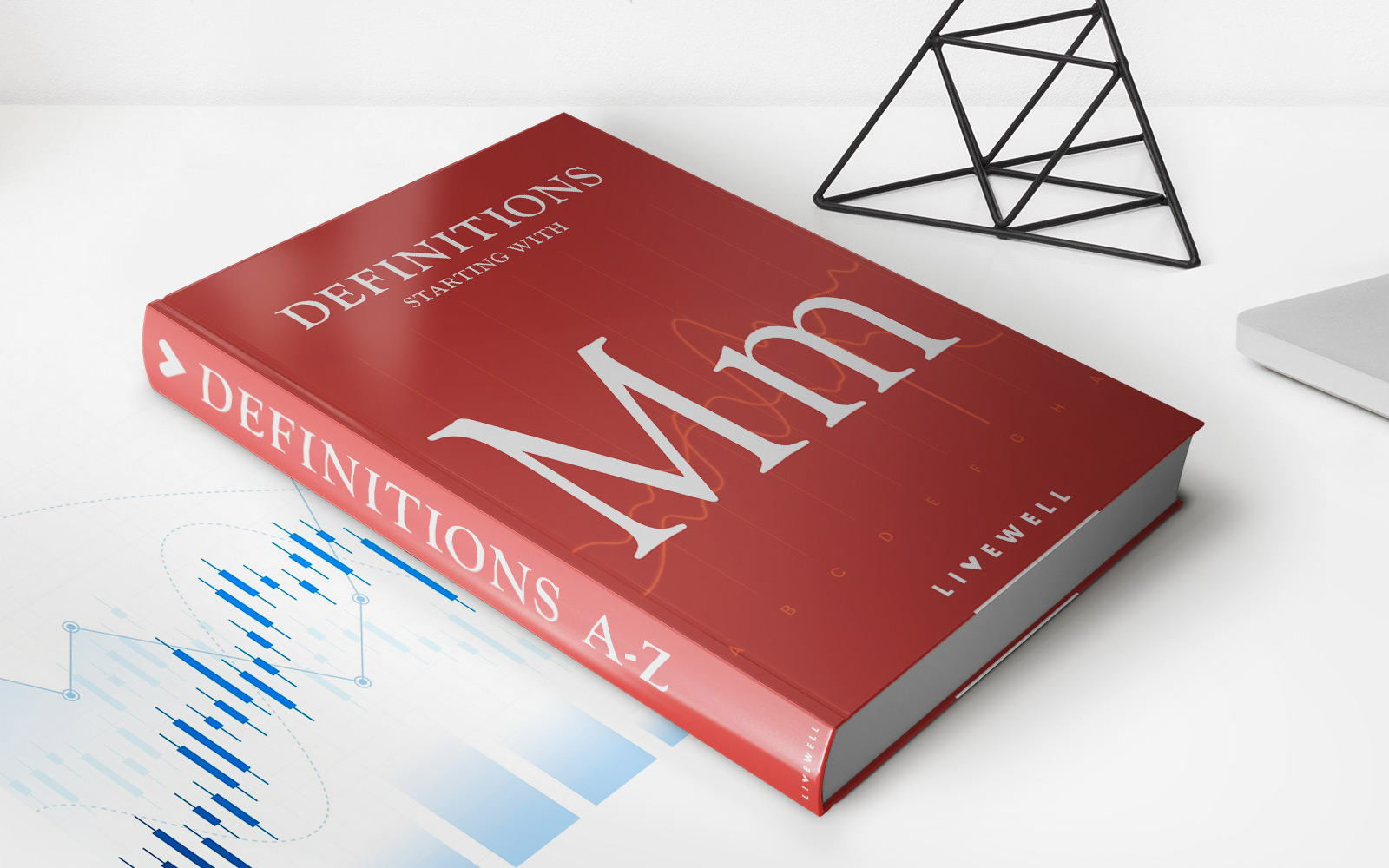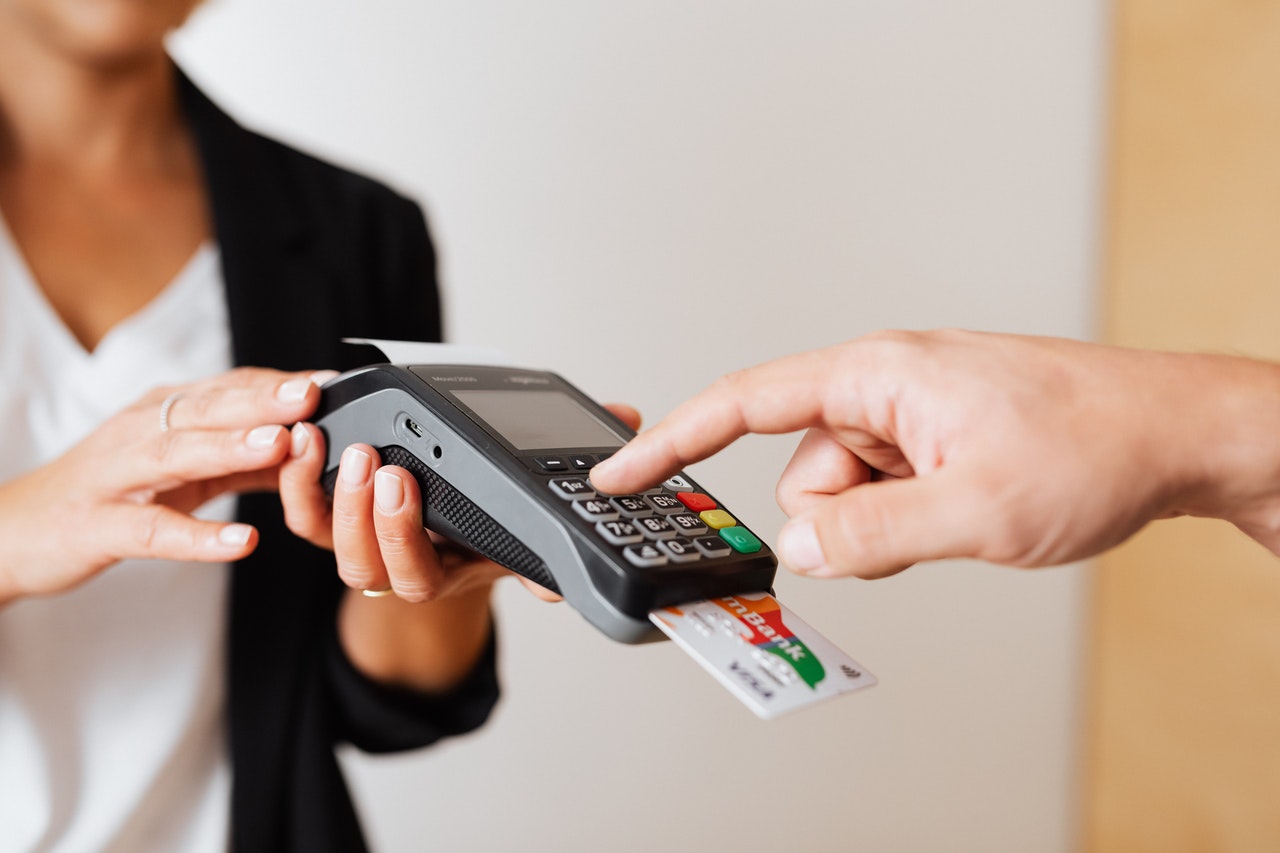

Finance
What Does POS Credit Mean
Published: January 13, 2024
Learn the meaning of POS credit and its importance in finance. Discover its impact on businesses and how it can be utilized for financial transactions.
(Many of the links in this article redirect to a specific reviewed product. Your purchase of these products through affiliate links helps to generate commission for LiveWell, at no extra cost. Learn more)
Table of Contents
Introduction
Welcome to the world of finance, where the borrowing landscape is constantly evolving to meet the needs of consumers and businesses alike. One such innovation in the realm of financing is POS credit, a term that has been gaining momentum in recent years. Whether you’re a shopper looking to make a purchase or a merchant seeking to offer flexible payment options, it’s essential to understand what POS credit entails and how it can benefit you.
POS, which stands for Point of Sale, refers to the physical or virtual location where transactions take place. Traditionally, consumers would make purchases using cash or credit cards at the point of sale. However, POS credit introduces a new option, allowing customers to finance their purchases directly at the checkout.
At its core, POS credit is a form of financing that enables customers to split their purchase into installments or to defer payment for a set period of time. This alternative payment method provides flexibility and convenience to consumers, as well as potential benefits to merchants. With the rise of e-commerce and the increasing demand for seamless shopping experiences, POS credit has emerged as a popular solution in the market.
In this article, we will explore the concept of POS credit in detail – from its definition and functioning to its pros and cons. We will also compare it to other forms of financing and touch upon some examples of POS credit providers. By the end, you’ll have a comprehensive understanding of POS credit and how it can reshape the way we shop and transact.
Definition of POS Credit
POS credit, also known as point-of-sale financing, is a financing option that allows customers to divide the cost of their purchases into smaller, more manageable payments. Instead of paying the full amount upfront, consumers can choose to pay for their purchases over a specified period of time. This payment flexibility is made possible through partnerships between retailers and financing providers.
At its core, POS credit works by integrating financing options directly into the checkout process. When a customer is ready to make a purchase, they can opt to use POS credit as their payment method. The customer then selects the desired financing terms, such as the number of installments or the deferred payment period.
Upon approval, the financing provider pays the retailer the full amount of the purchase, allowing the customer to take possession of the item immediately. The customer, in turn, agrees to repay the financing provider according to the agreed-upon terms. This can be done through automated payments or monthly billing.
POS credit is often facilitated through mobile apps, online platforms, or in-store point-of-sale systems. Each transaction is typically subject to an interest rate or finance charge, which is determined based on factors such as the customer’s creditworthiness and the length of the financing period.
It’s important to note that POS credit should not be confused with traditional credit card financing. While both offer payment flexibility, POS credit is more closely tied to a specific purchase, whereas credit card financing can be used for a variety of expenses. POS credit providers may also offer specialized financing options, such as interest-free periods or promotional rates, to attract and retain customers.
The availability and terms of POS credit can vary depending on the retailer and financing provider. Some retailers offer in-house financing options, while others partner with third-party financing companies. This allows retailers of all sizes to offer flexible payment options to their customers, creating a win-win situation for both shoppers and merchants.
How POS Credit Works
Understanding how POS credit works is key to unlocking its potential benefits as a financing solution. Let’s take a closer look at the step-by-step process involved in utilizing POS credit:
- Selection of Items: The customer selects the items they wish to purchase from a participating retailer. It can be anything from electronics and furniture to clothing and accessories.
- Checkout Process: At the point of sale, the customer chooses POS credit as their preferred payment method.
- Application and Approval: The customer submits a financing application, providing the required information, such as personal details and income verification. The financing provider then evaluates the application and determines the customer’s eligibility for POS credit.
- Terms and Conditions: If approved, the customer receives the financing terms and conditions, including the repayment schedule, interest rate, and any other associated fees or charges. It’s crucial to review these terms carefully to ensure a clear understanding of the agreement.
- Purchase Confirmation: Once the customer accepts the financing terms, the purchase is confirmed, and the retailer receives immediate payment for the transaction from the financing provider.
- Repayment: The customer begins making repayments according to the agreed-upon terms. This can be done through automatic payments, monthly invoices, or other designated payment methods specified by the financing provider.
- Completion of Payments: Once the customer has fully repaid the financed amount, their obligation to the financing provider ends, and they own the purchased item outright.
It’s important to note that the specifics of how POS credit works can vary depending on the financing provider and retailer. Some providers may require a down payment or charge interest on the financed amount, while others may offer interest-free periods or promotional rates. It’s advisable for consumers to consider these factors before agreeing to POS credit to ensure they are getting the best deal for their needs.
Overall, the process of using POS credit is designed to be simple and seamless, providing customers with the flexibility to manage their expenses while still enjoying the benefits of making purchases they desire. It’s an accessible and convenient alternative to upfront payment, particularly for higher-ticket items that may strain a consumer’s budget in a single transaction.
Benefits of POS Credit
POS credit offers several benefits to both consumers and merchants, making it an attractive financing option in today’s market. Let’s explore some of the key advantages:
- Flexible Payment Options: POS credit enables customers to split their purchases into smaller, more manageable payments. This flexibility allows consumers to make larger purchases without the burden of paying the full amount upfront, making it easier to budget and manage their finances.
- Immediate Access to Products: With POS credit, customers can take possession of their purchases right away, without having to wait until the entire amount is paid off. This can be especially beneficial for individuals who need a particular item or service urgently or want to take advantage of limited-time offers.
- Increased Purchasing Power: POS credit extends consumers’ purchasing power by giving them the ability to afford higher-ticket items. Instead of having to save up for months or rely on high-interest credit cards, customers can enjoy the benefits of their desired purchase while spreading out the payments.
- No Impact on Credit Score: Unlike traditional credit cards or personal loans, POS credit typically does not impact a consumer’s credit score when applying or utilizing this financing option. This can be appealing for those who are concerned about their creditworthiness or want to avoid accumulating more debt.
- Convenience and Simplicity: The ease of integrating POS credit into the checkout process makes it a convenient option for both customers and merchants. The application process is often quick, requiring minimal documentation, and the repayment process is straightforward and manageable.
- Promotional Offers and Incentives: Many POS credit providers offer promotional periods or incentives to attract customers. These can include interest-free periods, deferred payment options, or discounted fees. Taking advantage of these offers can help consumers save money and make their purchases even more affordable.
- Merchant Benefits: POS credit is not only advantageous for consumers but also for merchants. By offering POS credit as a payment option, retailers can attract a wider customer base, increase sales, and enhance customer loyalty. It also enables businesses to expand their offerings and compete with larger retailers that already provide flexible financing options.
Overall, POS credit provides a range of benefits that can make shopping more accessible, affordable, and convenient. Whether it’s for personal or business use, customers can enjoy greater financial flexibility while merchants can enhance their customer experience and bolster their bottom line.
Drawbacks of POS Credit
While POS credit offers several advantages, it’s important to consider the potential drawbacks before opting for this financing option. Here are some key considerations:
- Interest and Fees: Depending on the terms and conditions of the POS credit agreement, customers may be subject to interest charges or fees. These additional costs can increase the overall expense of the purchase, so it’s essential to carefully review and compare the financing terms to ensure they align with your budget and financial goals.
- Impact on Budget: Although POS credit provides payment flexibility, it’s important to consider how these payments will fit within your existing budget. Taking on additional monthly payments can potentially strain your finances, especially if you have other financial obligations to meet.
- Potential Debt Accumulation: If not managed responsibly, POS credit can lead to debt accumulation. While it may be tempting to finance multiple purchases simultaneously, it’s crucial to determine what you can afford and to resist the urge to overspend.
- Eligibility Requirements: Some POS credit providers may have specific eligibility criteria, such as minimum income or credit score requirements. If you do not meet these criteria, your application may be denied, limiting your access to this financing option.
- Limited Merchant Acceptance: While POS credit availability is increasing, not all merchants offer this financing option. This can restrict your ability to use POS credit for certain purchases or limit your choices when shopping for specific items.
- Potential Impulsiveness: The convenience of POS credit may tempt consumers to make impulsive purchases that they might otherwise reconsider. It’s important to think critically about your needs and financial situation before committing to any financing arrangement.
- Potential Impact on Credit Score: While POS credit typically does not impact credit scores during approval or utilization, late or missed payments can negatively affect creditworthiness. It’s vital to stay on top of payment obligations to avoid any credit-related issues.
It’s crucial to weigh these drawbacks against the advantages and evaluate whether POS credit aligns with your financial goals and personal circumstances. Understanding the terms, fees, and potential implications of POS credit can help you make informed decisions that align with your overall financial well-being.
Comparison with Other Forms of Financing
POS credit is just one of many financing options available to consumers. Let’s compare it to other common forms of financing to better understand how it stacks up:
- Credit Cards: Credit cards offer a revolving line of credit that can be used for various purchases and expenses. Unlike POS credit, credit cards provide ongoing access to funds and allow users to make multiple purchases over time. However, credit cards often come with higher interest rates and fees, making them less favorable for larger purchases or long-term financing.
- Personal Loans: Personal loans are a common form of financing used for a wide range of purposes, including large purchases, debt consolidation, or home improvements. Personal loans generally offer fixed interest rates and structured repayment plans, making them a more predictable financing option compared to POS credit. However, personal loans typically require a more extensive application process, and approval may take longer than POS credit.
- Layaway: Layaway is a payment option where customers reserve an item and make incremental payments over time until the full purchase price is paid. Unlike POS credit, layaway does not provide immediate access to the item, as it is only released once the full payment is made. POS credit, on the other hand, allows customers to take possession of the purchase immediately and repay over time. However, layaway is typically interest-free, while POS credit may come with interest charges.
- Store Financing: Some retailers offer their own in-house financing options, which function similarly to POS credit. These financing programs often come with promotional offers, such as special interest rates or deferred payments, to incentivize customers. However, the availability of store financing may be limited to specific retailers, whereas POS credit can be used at multiple participating merchants.
- Peer-to-Peer Lending: Peer-to-peer lending platforms connect borrowers with individual lenders who provide funds for various purposes. This form of financing may offer more flexible terms and lower interest rates compared to traditional loans. However, the application process and approval for peer-to-peer lending can involve more extensive documentation and verification compared to POS credit.
When deciding between different financing options, it’s essential to consider factors such as interest rates, fees, repayment terms, and the specific needs of your purchase. Each form of financing has its advantages and drawbacks, and the choice ultimately depends on your financial situation, the amount you need to finance, and your comfort level with different repayment structures.
POS credit offers a convenient and flexible financing option that can be especially appealing for smaller to medium-sized purchases. However, for larger purchases or longer-term financing needs, alternative options like personal loans or credit cards may offer more suitable terms and conditions. As with any financial decision, conducting thorough research and understanding the terms and costs involved is vital to make the most informed choice.
Examples of POS Credit Providers
POS credit is offered by various financial institutions, technology companies, and retailers. Here are a few examples of well-known POS credit providers:
- Affirm: Affirm is a popular POS credit provider that offers financing options for online and in-store purchases. Customers can select Affirm as their payment method at checkout and choose from a range of repayment terms. Affirm partners with numerous retailers across different industries, making it a widely accessible POS credit option.
- Klarna: Klarna is a leading global provider of POS credit, known for its “Buy Now, Pay Later” option. Klarna collaborates with numerous online retailers, allowing customers to split their purchases into interest-free installments or to defer payment for a set period. Klarna’s app and website provide a seamless shopping experience and easy access to account management.
- PayPal Credit: PayPal Credit functions as a line of credit offered by PayPal, a well-established online payment platform. It enables customers to finance their purchases across multiple online stores that accept PayPal. PayPal Credit offers promotional financing options, such as no interest if paid in full within a specific period, making it an appealing choice for online shoppers.
- QuadPay: QuadPay is a POS credit provider that allows users to split their purchases into four interest-free installments. Customers can use QuadPay both online and in physical stores by selecting QuadPay at checkout. With QuadPay, consumers can make affordable payments on their purchases while enjoying the convenience of immediate access to their desired items.
- Afterpay: Afterpay is an Australian-based POS credit provider that has gained popularity internationally. It allows customers to split their purchase into four equal installments, interest-free. Afterpay partners with a diverse range of retailers, offering a convenient financing option for fashion, beauty, and lifestyle products.
These examples represent just a few of the many POS credit providers available in the market. It’s important to note that the availability of specific providers may vary depending on your location and the retailers you choose to shop with.
Before opting for any POS credit provider, it’s crucial to review the terms and conditions, including interest rates, fees, and repayment schedules. Each provider may have different offerings and requirements, so it’s important to choose one that aligns with your financial needs and preferences.
Remember, while these examples highlight well-known providers, there are many other POS credit companies emerging in the market. Exploring and comparing different options can help you find the best fit for your specific needs and ensure a positive financing experience.
Conclusion
POS credit has revolutionized the way consumers and merchants approach financing options at the point of sale. This innovative form of financing offers flexibility, convenience, and accessibility to customers, allowing them to make purchases and manage their expenses more efficiently. By splitting payments into smaller installments or deferring payment for a set period, POS credit enables customers to afford larger purchases while staying within their budgetary constraints.
While POS credit provides numerous benefits, it’s essential for consumers to consider the potential drawbacks, such as interest charges and potential debt accumulation, before opting for this financing option. It’s crucial to evaluate your financial situation, needs, and comfort level with various repayment structures to make an informed decision that aligns with your overall financial well-being.
POS credit providers, such as Affirm, Klarna, PayPal Credit, QuadPay, and Afterpay, have emerged as leading players in the market, offering customers a seamless and convenient financing experience. The availability of multiple providers and their partnerships with various retailers make POS credit widely accessible across different industries and online platforms.
In conclusion, POS credit has changed the landscape of financing, providing customers with an alternative payment method that enhances their purchasing power and offers financial flexibility. By understanding how POS credit works, comparing it to other financing options, and carefully considering the benefits and drawbacks, consumers can make well-informed decisions to suit their unique needs and preferences.
As the world of finance continues to evolve, POS credit remains a viable and popular choice for customers and merchants alike, reshaping the way we shop and transact in today’s dynamic market.


